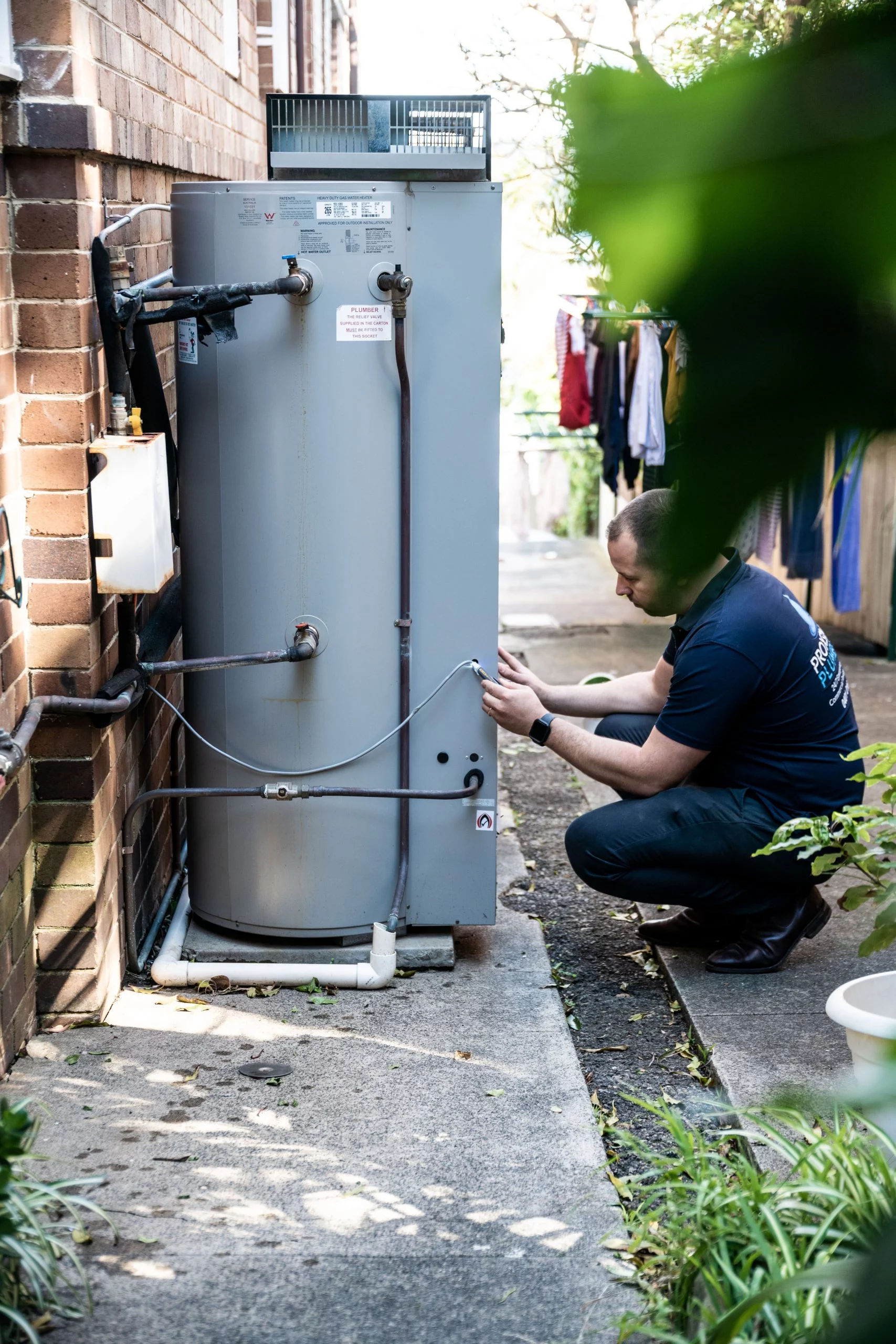How do you really feel about How to Maintain a Hot Water Heater in a Few Simple Steps?

Hot water is necessary for daily comfort, whether it's for a revitalizing shower or washing recipes. To ensure your warm water system runs effectively and lasts much longer, routine maintenance is crucial. This article supplies practical pointers and insights on exactly how to preserve your home's warm water system to avoid interruptions and costly repair work.
Intro
Maintaining your home's hot water system might seem daunting, however with a couple of simple steps, you can guarantee it operates efficiently for years to find. This overview covers every little thing from understanding your warm water system to do it yourself maintenance pointers and knowing when to contact specialist help.
Value of Maintaining Your Hot Water System
Normal maintenance not just expands the lifespan of your hot water system however additionally guarantees it runs successfully. Overlooking upkeep can lead to reduced effectiveness, greater power costs, and even premature failure of the system.
Indications Your Warm Water System Demands Upkeep
Recognizing when your hot water system needs attention can stop significant concerns. Look out for indicators such as inconsistent water temperature, odd sounds from the heater, or rusty water.
Understanding Your Warm Water System
Before diving right into upkeep jobs, it's handy to understand the standard components of your warm water system. Commonly, this includes the water heater itself, pipes, anode rods, and temperature level controls.
Regular Monthly Maintenance Tasks
Regular regular monthly checks can help catch minor concerns before they escalate.
Flushing the Water Heater
Purging your water heater removes sediment buildup, improving performance and prolonging its life.
Checking and Changing Anode Rods
Anode poles stop rust inside the storage tank. Checking and replacing them when worn out is essential.
Examining and Changing Temperature Settings
Readjusting the temperature level settings guarantees optimal performance and safety and security.
Do It Yourself Tips for Maintenance
You can carry out several upkeep tasks yourself to keep your warm water system in leading condition.
Looking for Leakages
Frequently examine pipes and links for leakages, as these can result in water damages and greater bills.
Examining Stress Relief Valves
Testing the stress relief valve guarantees it works correctly and protects against extreme pressure buildup.
Shielding Pipes
Shielding hot water pipelines minimizes heat loss and can save power.
When to Call an Expert
While DIY upkeep is useful, some issues require professional expertise.
Complex Issues Requiring Professional Assistance
Examples include major leakages, electrical issues, or if your hot water heater is constantly underperforming.
Regular Expert Upkeep Perks
Professional maintenance can consist of comprehensive examinations, tune-ups, and guaranteeing conformity with safety standards.
Conclusion
Regular upkeep of your home's hot water system is necessary for performance, durability, and price savings. By complying with these ideas and recognizing when to look for professional aid, you can ensure a reliable supply of warm water without unanticipated disruptions.
How to Maintain an Instant Hot Water Heater
Before tinkering with your hot water heater, make sure that it’s not powered on. You also have to turn off the main circuit breaker and shut off the main gas line to prevent accidents. Also turn off the water valves connected to your unit to prevent water from flowing into and out of the appliance. 2. When you’re done, you have to detach the purge valves’ caps. These look like the letter “T” and are situated on either side of the water valves. Doing so will release any pressure that has accumulated inside the valves while at the same time avoid hot water from shooting out and burning your skin. 3. When the purge valves’ caps are removed, you have to connect your hosing lines to the valves. Your unit should have come with three hoses but if it didn’t, you can purchase these things from any hardware or home repair shops. You can also get them from retail stores that sell water heating systems. Read the user’s manual and follow it to complete this task properly. When the hosing lines are connected, open the purge port’s valves. 4. You should never use harsh chemical cleaners or solutions when cleaning your unit. Make use of white vinegar instead. It should be undiluted and you’ll probably use about 2 gallons. 5. Now flush your water heater. This task should probably take about 40 minutes. We can’t give you specific directions for this because the procedure is carried out depending on the type, model and brand of your heater. With that being said, refer to the user’s manual. 6. When you’re done draining the unit, you have to turn off the purge port valves again. Remove the hosing lines that you earlier installed on each of the water valves. Put the valve caps (purge port) back in their respective places and be very careful so as not to damage the rubber discs that are found inside these caps. 7. Now that everything’s back in place, check your user’s manual again to find out how to reactivate your water heating system. 8. Once it is working, turn one of your hot water faucets on just to let air pass through the heater’s water supply pipes. Leave the tap on until water flows smoothly out of it. https://www.orrplumbing.com/blog/2014/september/how-to-maintain-an-instant-hot-water-heater/

As a keen reader about How to Maintain Your Water Heater & Prolong its Life, I imagined sharing that piece of writing was a good thing. If you enjoyed reading our post if you please remember to share it. Thank you for taking the time to read it.
Free Quote